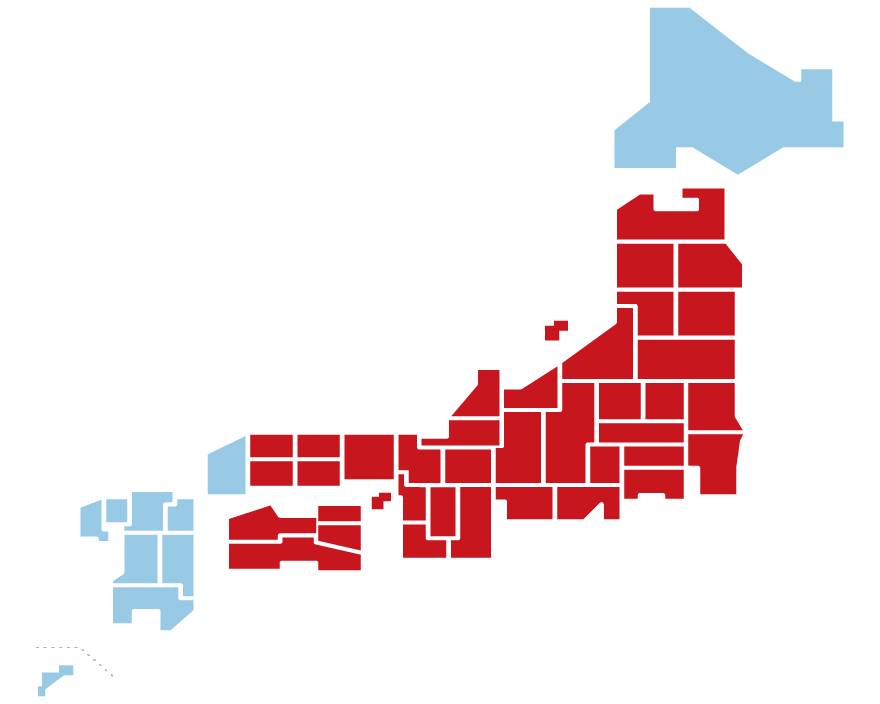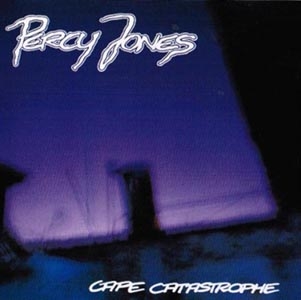お取り寄せの商品となります
入荷の見込みがないことが確認された場合や、ご注文後40日前後を経過しても入荷がない場合は、取り寄せ手配を終了し、この商品をキャンセルとさせていただきます。
|
フォーマット |
CD |
|---|---|
|
構成数 |
1 |
|
国内/輸入 |
輸入 (イギリス盤) |
|
パッケージ仕様 |
- |
|
発売日 |
2013年11月19日 |
|---|---|
|
規格品番 |
HST183CD |
|
レーベル |
|
|
SKU |
5060230863627 |
構成数 | 1枚
合計収録時間 | 01:03:06
Fusion bassists, including the utterly unique and underpraised Percy Jones, have always labored in the shadow of Weather Report's Jaco Pastorius. Of all the musicians who strapped on fretless electric basses during the '70s through to today, Jones certainly deserves attention beyond the seemingly inevitable Pastorius comparisons. Most assuredly, the '70s and '80s British fusion outfit Brand X would have sounded far more ordinary without Jones, as would such classic Brian Eno LPs as Another Green World and Before and After Science. After his years in the heyday of British fusion and art rock, Jones moved to New York City and began occasionally showing up as a performer on the so-called downtown scene, as logical a place for him to attempt a fresh start as any. He recorded Cape Catastrophe in 1988 and 1989 at a studio in East Harlem. Using an array of the era's available hardware (including, as the product-placing liners indicate, a Casio synthesizer, Roland sequencer, Yamaha drum machine, and Korg digital delay), Jones laid down tracks ranging from two-and-a-half minutes to over 23 minutes in length, and then accompanied the tracks live on his five-string (Wal V, for those interested in brands) bass as the direct-to-digital recording was made. The results were generally quite impressive, and stand the test of time well over a decade later. There is certainly a lot here for electric bass-aholics to enjoy; Jones' burbles, pops, and plonks are all here, and his tone on the sustained notes is rich with harmonic overtones as expected. But the music through which the bass slips and slides is often more like twisted instrumental techno-funk than fusion, along with ominous electronic textures that sometimes sound like an ethereal choir or gruff, agitated shouts distorted beyond recognition. Sometimes the rhythms are steady enough that dancing wouldn't be out of the question (on "Hex," for example), but most of the time, Jones' drum machine is used to syncopate even the conventional four- or eight-beat measures in jarring and unexpected ways, which would probably send today's dance-oriented audiences into conniption fits. Some of the music tends to meander a bit -- Jones has chops to burn and isn't shy about putting them on full display -- but he usually keeps everything moving along so that listener interest rarely flags, even on the multi-sectioned opus "Barrio," the CD's previously referenced longest track. Otherwise, missteps are few, and criticisms of them would tend to fall in the category of conceptual quibbles (e.g., Jones' bass sings in the fusion ballad opening and closing to "Slick," but these passages seem somewhat illogically pasted on the thrashing workout at the center of the piece). Jones composed everything on Cape Catastrophe except the final track which, surprisingly, turns out to be an arrangement of Thomas Arne's Symphony in F major, tinged with a bit of the feeling of '70s experimental German synth rock. Cape Catastrophe is an intriguing example of fusion moving toward electronica, and perhaps because it falls between the two camps, it didn't receive the attention it deserved. The CD shouldn't be overlooked, however, any more than the comparatively well-known music that Percy Jones played on albums by Eno and Brand X back during the '70s prog rock and fusion years. ~ Dave Lynch|
エディション | Reissue
-
1.[CD]
-
1.Lie, The
-
2.Cape Catastrophe
-
3.Slick
-
4.Hex
-
5.Barrio
-
6.Tunnels
-
7.Thin Line
-
8.Symphony in F Major
-
欲しい物リストに追加

コレクションに追加
サマリー/統計情報
 セブン-イレブン受け取り
セブン-イレブン受け取り
お早めのご注文で発売日前日にお届けいたします
山口県・四国・九州・沖縄県
フラゲ注文受付期間は地域によって異なります。
お住まいの地域をご確認ください。

発売日前日
にお届けします発売日当日
にお届けしますフラゲ注文受付期間は地域によって異なります。
お住まいの地域をご確認ください。



